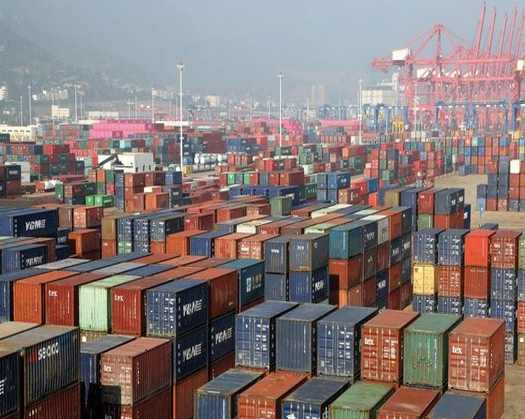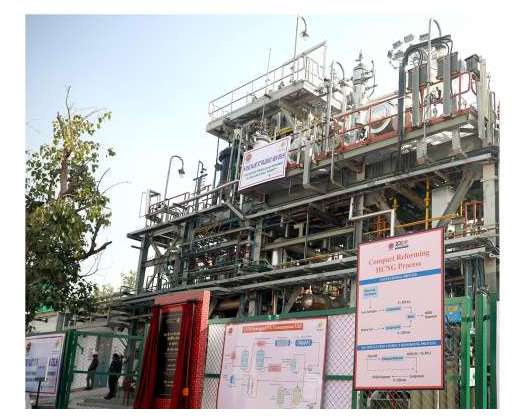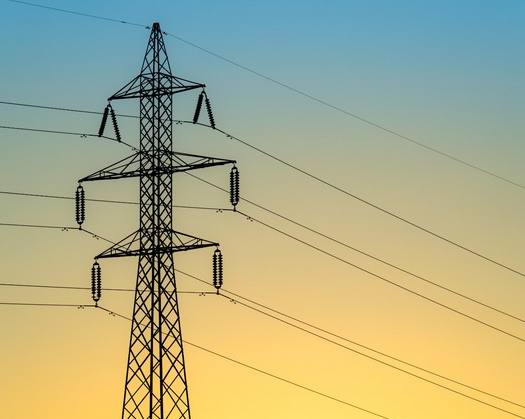New Delhi: The recovery of India's exports might encounter obstacles due to a weakening demand in developed countries, as highlighted in the Ministry of Finance's latest report on Monday.
During the initial seven months of 2024-25, India's goods exports showed a moderate increase, mainly due to a drop in global demand and falling commodity prices.
Conversely, India's goods imports saw robust growth, fueled by a strong domestic market. This led to a greater rise in imports than in exports, resulting in a larger trade deficit.
The trade deficit, which is the gap between exports and imports, grew from USD 60.02 billion to USD 63.24 billion in the first seven months of 2024-25, marking a 5.36 per cent increase.
Between April and October 2024, India's total exports were around USD 468.27 billion, showing a 7.28 per cent increase compared to the previous year. The government is still hopeful of reaching its full-year export goal of USD 800 billion.
"Following a short slowdown during the rainy season, economic activity picked up in October. Demand is continuing to expand, as evidenced by the steady increase in FMCG sales volumes during the second quarter of the fiscal year 25 across both urban and rural areas," the finance ministry observed.
Regarding inflation, the cost of living for consumers rose in October, primarily due to higher prices for food items, especially certain vegetables.
"Supply interruptions due to severe rainfall in key producing regions led to increased prices for tomatoes, onions, and potatoes. Additionally, rising global prices for oil and fat contributed to inflation. However, a successful kharif harvest is anticipated to lower food inflation in the near future. Good monsoon conditions, sufficient water levels in reservoirs, and higher minimum support prices are expected to encourage the sowing and production of crops in the rabi season," the ministry stated.
Looking forward, the direction of inflation will largely depend on the movements of prices for edible oils, tomatoes, onions, and potatoes.
"On the bright side, early signs in November suggest a significant decrease in inflation for tomatoes and onions. The expected abundant kharif crop is likely to reduce food inflation in the coming months. Favorable monsoon conditions, adequate water levels, and higher minimum support prices are expected to support the sowing and production of crops in the rabi season," it added.
India's consumer price index (CPI) for October was at 6.21 per cent, surpassing the Reserve Bank of India's upper limit of 6 per cent.
Following five consecutive months of net inflows, foreign investors shifted to net sellers in October. The finance ministry pointed out that this change was due to increased geopolitical tensions and recent developments in China, which led to a significant pullback from Indian equities.
Foreign investors are expected to continue to sell Indian stocks in the coming months, following a four-month buying spree that concluded in September.











